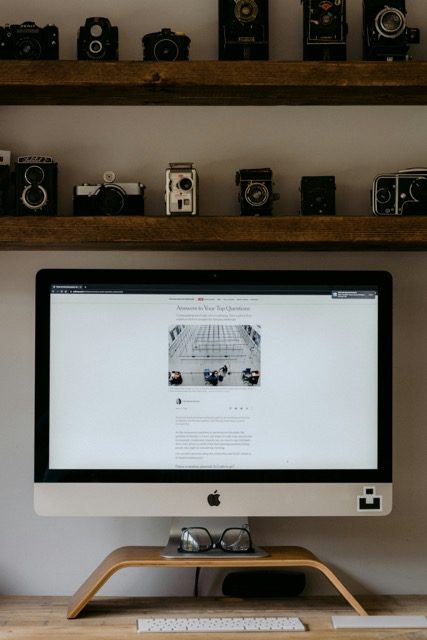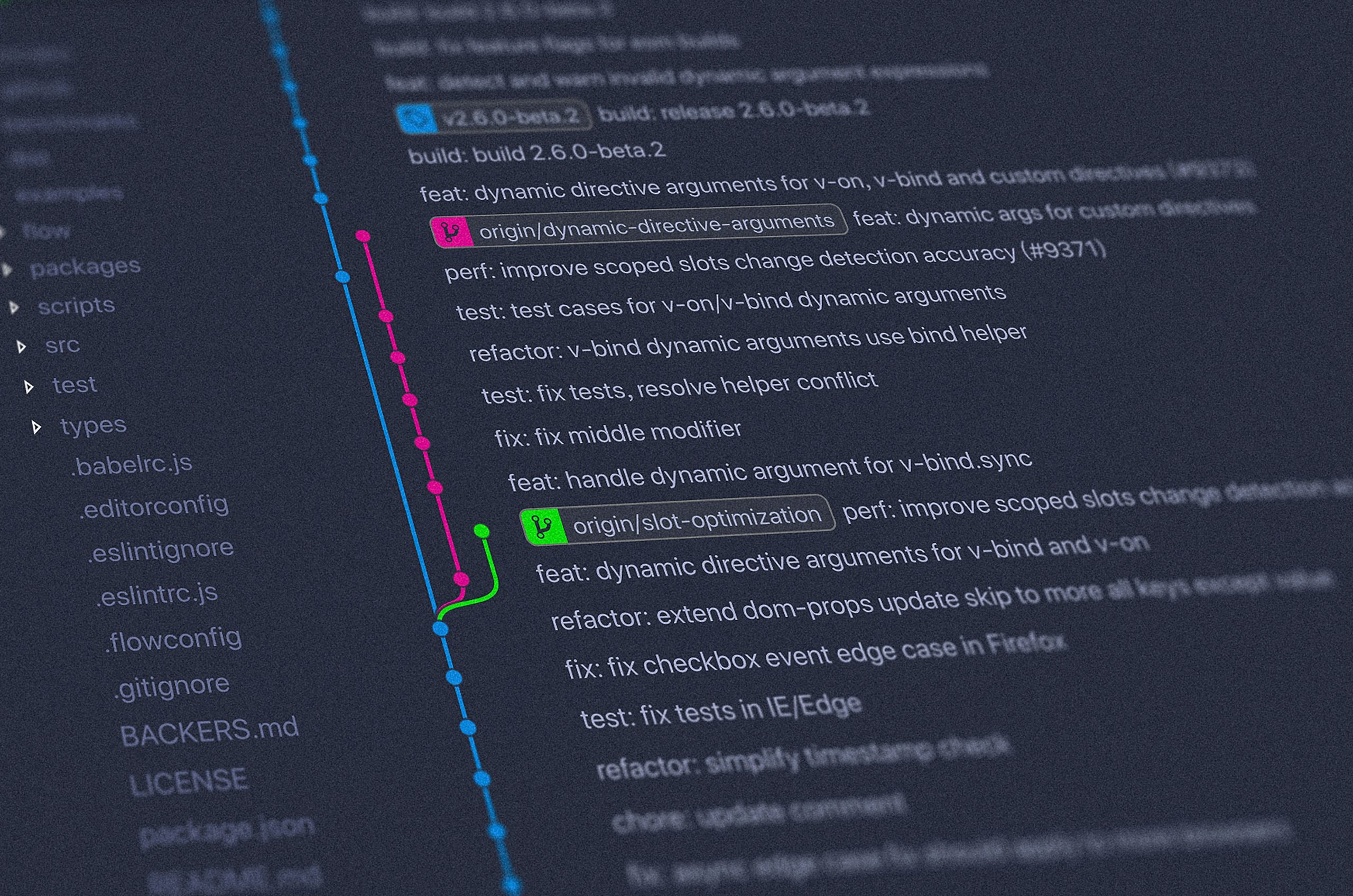How to Create a Simple Webpage: A Beginner’s Guide
Creating a simple webpage is an essential skill in today’s digital age. Whether you’re a budding entrepreneur, a student, or just curious about web development, knowing how to create a simple webpage can open up many opportunities. In this guide, we’ll walk you through the basics of webpage creation, providing you with the knowledge to start building your online presence.
Why You Should Learn to Create a Simple Webpage
With the internet being a primary source of information, businesses and individuals are increasingly moving online. Whether you want to set up a personal blog, display your portfolio, or promote your business, understanding how to create a simple webpage is the first step. Not only does it save costs, but it also gives you the flexibility to customize and update your content as needed.
Essential Tools to Create a Simple Webpage
Before diving into the creation process, you’ll need some basic tools. Here’s a list to get you started:
- Text Editor: A text editor like Notepad++ or Sublime Text is crucial for writing and editing HTML and CSS code.
- Web Browser: Test your webpage using browsers like Google Chrome, Firefox, or Safari to ensure compatibility.
- Graphics Editor: Tools like GIMP or Adobe Photoshop can help you create and edit images for your webpage.
- Domain and Hosting: Services like Bluehost or GoDaddy provide domain registration and hosting solutions.
Step-by-Step Guide to Create a Simple Webpage
Step 1: Set Up Your HTML Structure
HTML (HyperText Markup Language) is the backbone of any webpage. Here’s a simple example to get started:
<!DOCTYPE html>
<html lang="en">
<head>
<meta charset="UTF-8">
<meta name="viewport" content="width=device-width, initial-scale=1.0">
<title>My Simple Webpage</title>
</head>
<body>
<h1>Welcome to My Simple Webpage</h1>
<p>This is a paragraph on my webpage.</p>
</body>
</html>
Step 2: Style Your Page with CSS
CSS (Cascading Style Sheets) is used to style your HTML elements. Here’s a basic example:
body {
font-family: Arial, sans-serif;
background-color: #f2f2f2;
margin: 0;
padding: 20px;
}
h1 {
color: #333;
}
Add this CSS code in a separate file named style.css and link it within the <head> section of your HTML document.
Step 3: Add Basic Functionality with JavaScript
JavaScript can add interactivity to your webpage. Here’s a basic example:
<button onclick="displayMessage()">Click Me</button>
<script>
function displayMessage() {
alert('Hello! Welcome to my simple webpage.');
}
</script>
Step 4: Test and Publish
Once your webpage is ready, test it across different browsers to ensure compatibility. If everything looks good, you can publish it using a hosting service.
Tips for Creating an Effective Simple Webpage
- Keep the Design Clean: A simple design enhances user experience.
- Optimize Images: Use tools to compress images for faster load times.
- Use Responsive Design: Ensure your webpage is mobile-friendly by using media queries in CSS.
- SEO Best Practices: Use semantic HTML tags and include meta tags for better search engine ranking.
Conclusion: Start Creating Your Simple Webpage Today
Creating a simple webpage may seem daunting at first, but with the right tools and knowledge, it becomes a rewarding experience. As you become more comfortable with HTML, CSS, and JavaScript, the possibilities are endless. Whether it’s for personal or professional purposes, start building your webpage today and explore the digital landscape.
By following this guide, you should now have a foundational understanding of how to create a simple webpage. As you continue learning, you’ll discover more advanced techniques that will make your web projects stand out. Happy coding!




